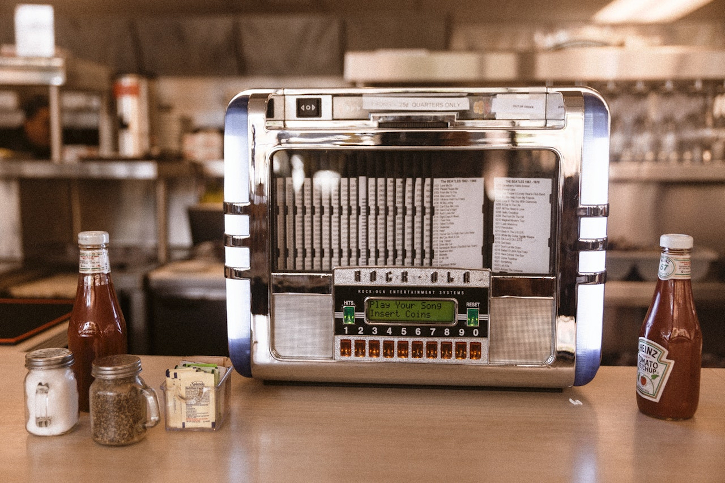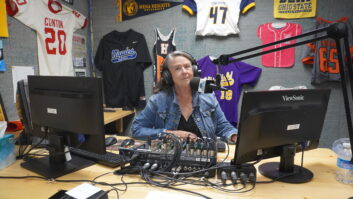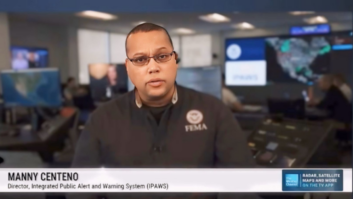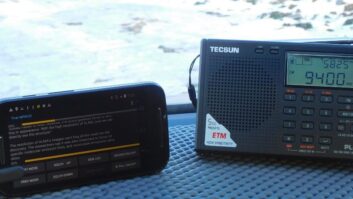The author is membership program director of the National Federation of Community Broadcasters. NFCB commentaries are featured regularly at www.radioworld.com.
If you have been watching with interest some of the recent FCC consent decrees seemingly aimed at content, you’d be in good company. That is because many community radio stations are keeping an eye on this as well.
Content has seemingly been the fourth wall for decades at the FCC. Ever since the heralded “Seven dirty words” case, the Supreme Court’s standard on obscenity and indecency has not only been the law of the land, but the unspoken line in the sand. Short of patently offensive content, politically motivated and virtually every other sort of content charge has been tossed out by commissioners. Most scholars and legal experts would argue this is fair; there are artistic expression and an educational merit that radio and television have long offered Americans.
[Read: Community Broadcaster: The End of Jazz]
Community radio stations should look a little deeper than the headlines. In the latest matter, Salem Broadcasting agreed to pay $50,000 as part of an FCC finding. The issue deals with a program that gave the appearance of being a live radio show that really was not.
For community radio, the Salem news was met with nervousness. Plenty of community radio stations use automation and may re-air programs that once ran live, but in new dayparts. Can we still do that? What are we allowed to do legally?
The Salem consent decree has some very specific clues for any community radio station stressed about a knock at the door. For one, the program in question had “Live” in its title, inherently giving anyone the impression that it was, in fact, a live broadcast. This was compounded by a lack of identifications for the program as previously recorded. The FCC ruled this presentation was misleading.
If your community radio station has a show with “Live” in the name and you’re not airing it live, you need to announce it is a recording, if you’re re-airing it in another daypart. Even if the program doesn’t have live in its name, it is a courtesy and best practice to note a previous recording anyway. Nothing annoys a listener more than to hear a great song or to catch a comment about an event during a talk break and to call an empty studio, because that listener had no idea the voice behind the mic isn’t there. What’s worse, said listener may not assume the show is recorded, but that the DJ is ignoring the phone or doesn’t care.

The other content-related issue on community radio stations’ radar is the wave of fines for underwriting spots. Full- and low-power stations have borne the brunt of FCC attention, receiving penalties large and small and agreeing to training programs and other ways of fixing problems so they do not continue.
While the FCC’s underwriting rules are quite general, language that can be perceived as commercial is forbidden. As NFCB covered in its February newsletter, underwriting rules are broad, but there are some lines you absolutely cannot cross. These include:
- Do not make qualitative statements about an underwriter;
- Do not include information on prices or value;
- Do not make calls to action;
- Do not list products or services offered by an underwriter.
Among other rules.
Moreover, these penalties are not necessarily content, per se. The commission simply does not allow stations making comparisons between an underwriter’s products or services and other verbal sleights of hand that could come across as advertising.
As with the “live” topic, at the heart of these stories is audience trust. Community radio must do it all to protect that faith listeners put in us. Such includes in the elements we might take for granted.







